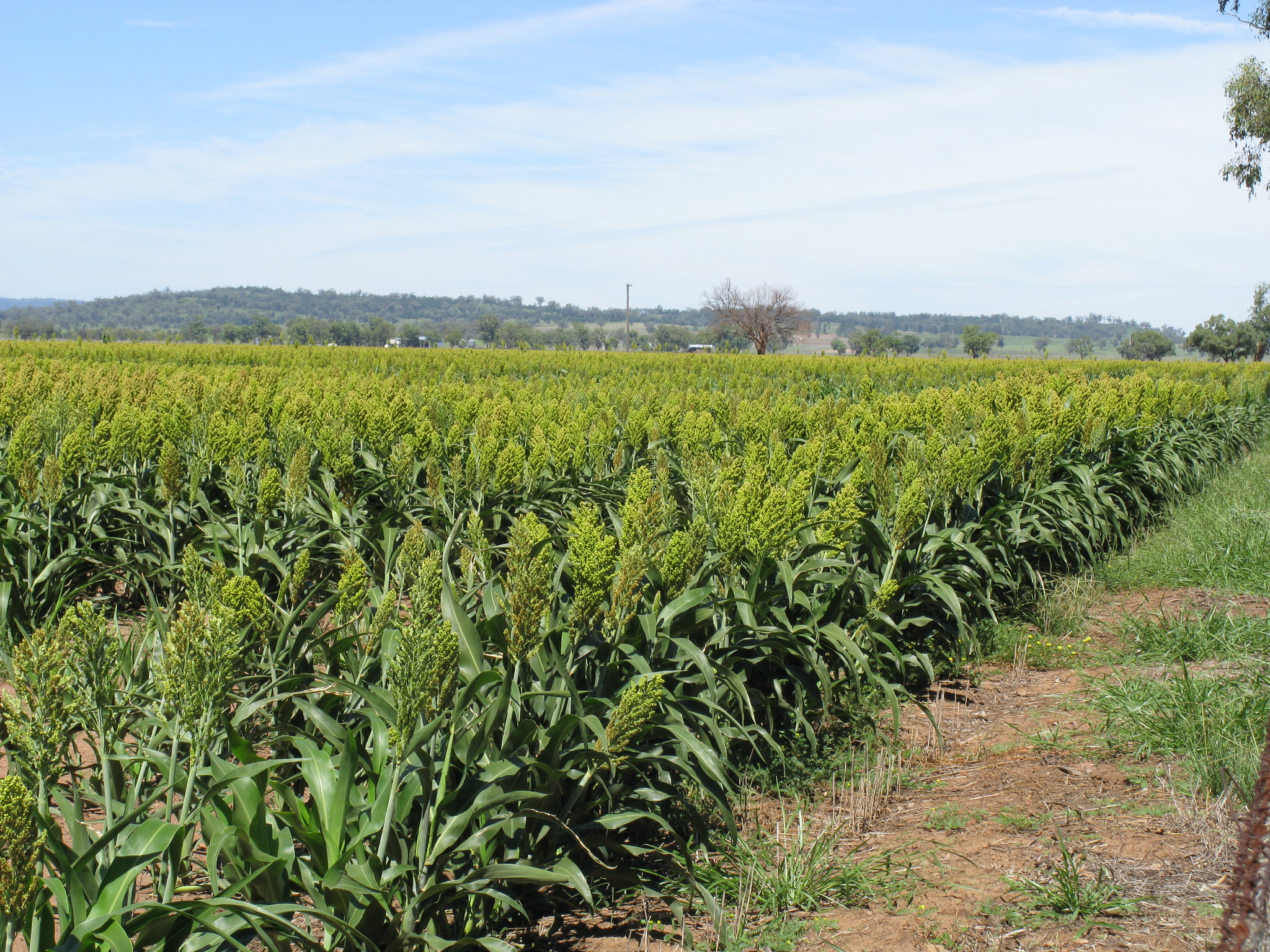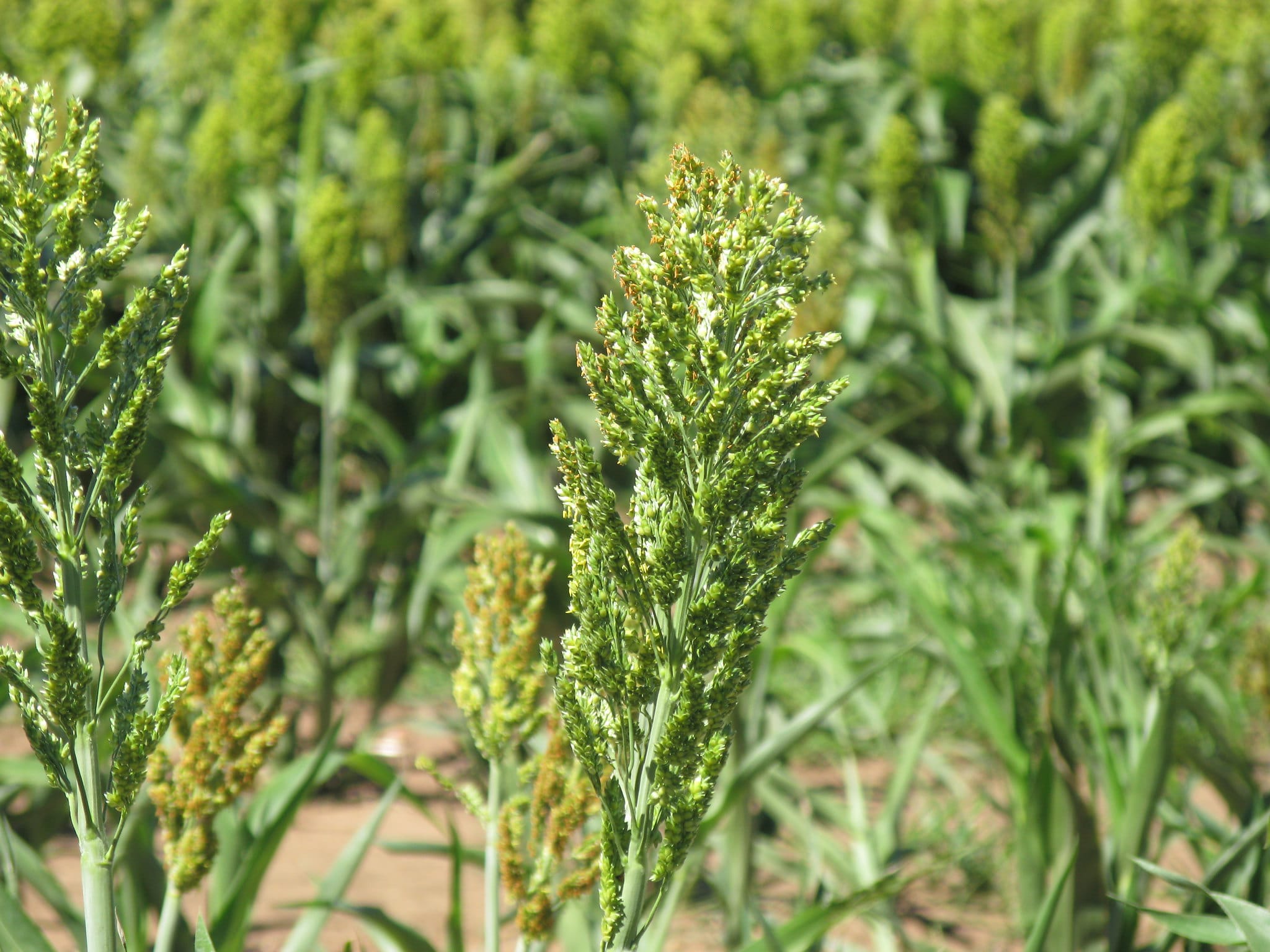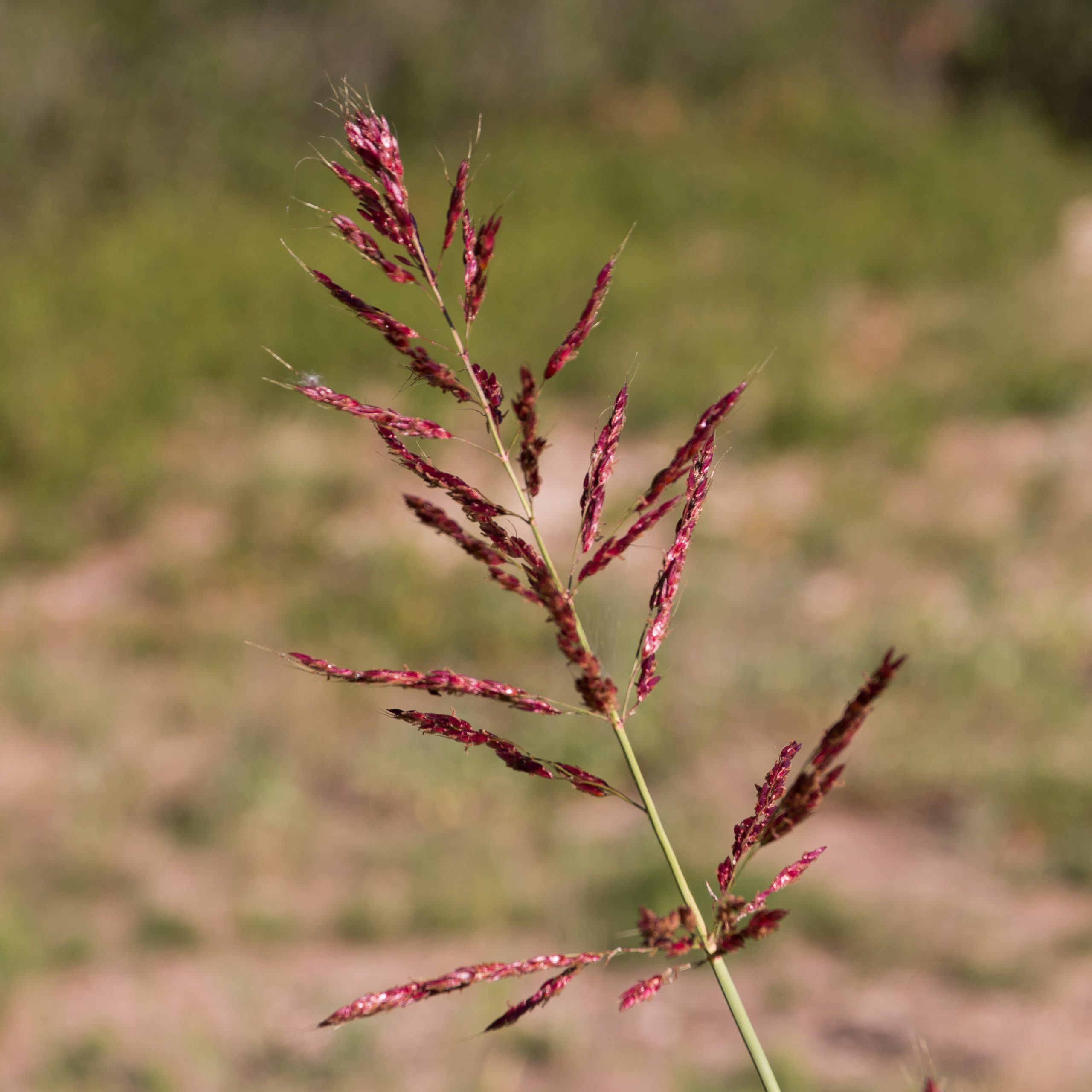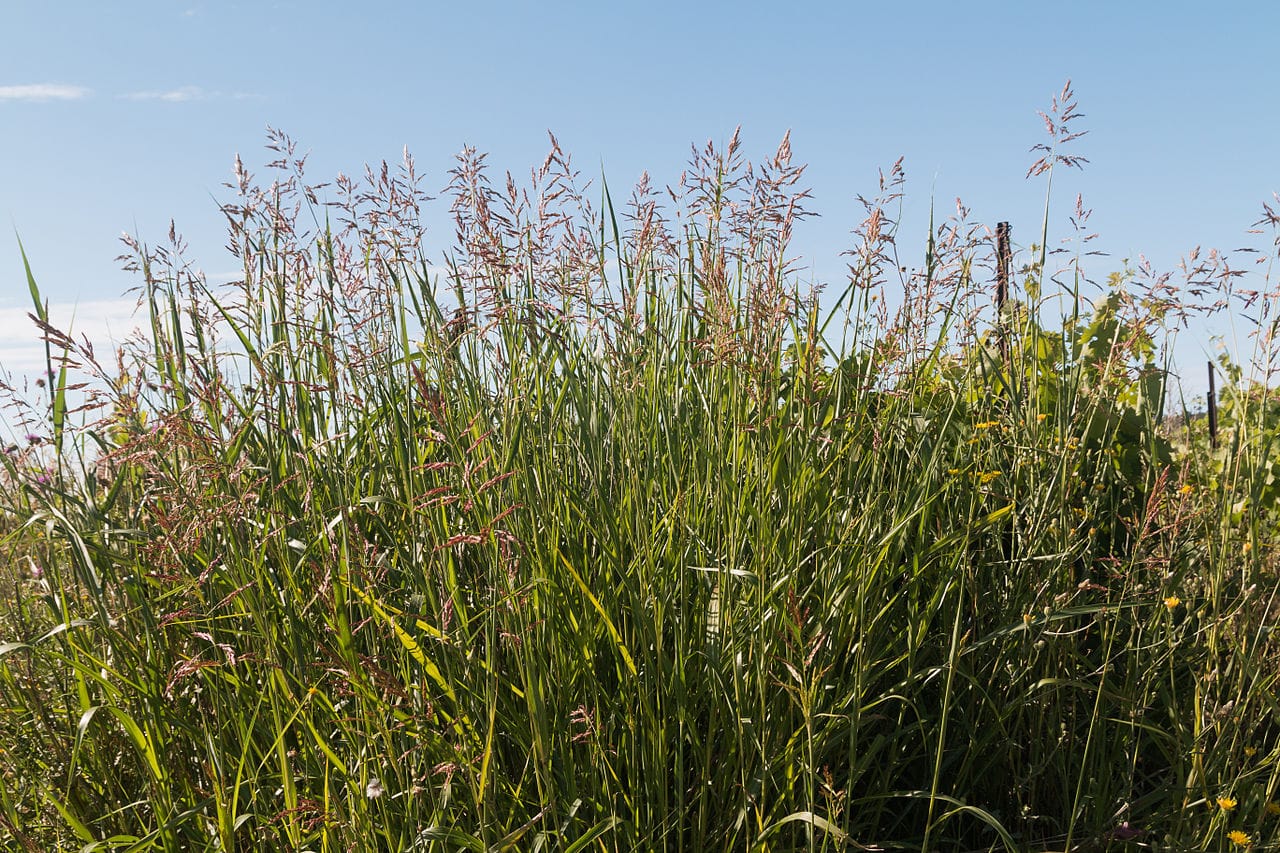
Image - Flickr / Harry Rose
Humans, for millennia, have learned to 'domesticate' a large majority of plants in order to benefit, for example, from their nutritional properties. In this sense, and today when we know that there are many people who have intolerance to gluten, the sorghum It is presented as a very interesting cereal for them.
For this reason, it is increasingly being cultivated, especially in warm regions where it also rains little, since unlike other herbs, it supports drought very well.
Origin and characteristics of sorghum
Sorghum is the common name for the 31 or so accepted species of the genus Sorghum. These are included in the Poaceae family, that of grasses. They are perennial plants native to America, Europe, Africa and Asia. They develop cylindrical stems, erect, herbaceous, with lanceolate green leaves, and with a height of 1 to 2 meters.
Its flowers are reddish, yellowish or blackish, are grouped in spikes, and have a spherical-oblong shape. Also, they have stamens and pistils, making them hermaphroditic. The seeds are small, about 3 millimeters.
As information of interest, you should know that its roots can reach 2 meters deep, as long as the terrain is permeable.
Main species
The two most popular species are:
Bicolor sorghum

Image - Flickr / Harry Rose
El Bicolor sorghum, known as sorghum or sorghum, is a plant native to East Africa. It is estimated that it is the fifth most important cereal in terms of its production, since it is calculated that the surface of the land where it is cultivated is 470.000 kilometers worldwide.
Sorghum halepense

Image - Wikimedia / Daniel Villafruela.
El Sorghum halepense, known as Aleppo sorghum, is native to central Africa, although it is introduced in America. Although it is very important, since it is widely used as forage (be careful, since in frost or drought conditions, it becomes very toxic to livestock), it is also one of the most harmful herbs from the temperate and warm regions of the world, including the Mediterranean and South America.
What uses is given to sorghum?
Sorghum is a perennial herb that has a number of uses. For example:
- Food: lacking gluten, it is a cereal that is widely used in various dishes, such as tortillas, bread, couscous, porridge, or in meats and vegetables. Alcoholic beverages are also prepared.
- I think for animals: especially in North America and Eastern Europe.
- Brooms: The dried stems and leaves of sorghum can be used to make brooms.
- Bioethanol: it is very appreciated to produce it, along with other cereals such as corn or barley.
Sorghum cultivation
If you want to start growing this plant you must take into account its needs so that you can really get an excellent harvest. So, let's start:
Climate
The weather has to be warm. The best thing is that there are no frosts, but if there are, they should be mild down to -4ºC. You will notice that it grows faster in summer, when the thermometer is above 32ºC maximum.
Earth
It is not too demanding, since grows in a wide variety of soils as long as they are alkaline. Now, if they are fertile, deep, and also drain water quickly, then they will have a better development than those that are heavy (that is, they tend to compact a lot).
Irrigation
Irrigation will be less than that of other cereal crops. As it grows, it will be advisable to water it an average of two or three times a week, but once it has been established, the waterings will be spaced. In the event that in your area it usually rains on a regular basis, throughout the year, from the second season you can stop worrying about watering your sorghum plants.
Multiplication
Sorghum can be multiplied by seeds, or by division of the rhizome in spring:
Seeds
The seeds are sown in seedling trays, since that way they will be controlled. Fill them with universal substrate (on sale here), and put one or two in each socket. Cover them with a little soil, and water by immersion.
Once it is well watered, place it in a sunny area, and keep the substrate moist. Thus they will germinate in about 7 days, at a temperature of 12-13ºC.
Rhizome division
The fastest way to get new sorghums is dividing the root rhizome into several pieces, and then planting these in other parts of the garden or in pots with substrate.
If you want, you can add rooting hormones to the pieces before planting them, so they have a better chance of emitting new roots.
Rusticity

Image - Wikimedia / Daniel VILLAFRUELA.
It depends on the species, but in general they withstand cold and mild frosts of up to -4ºC. In any case, if you live in an area where temperatures drop more, don't worry because they germinate well and grow fast.
What did you think of sorghum? Have you ever heard of him?